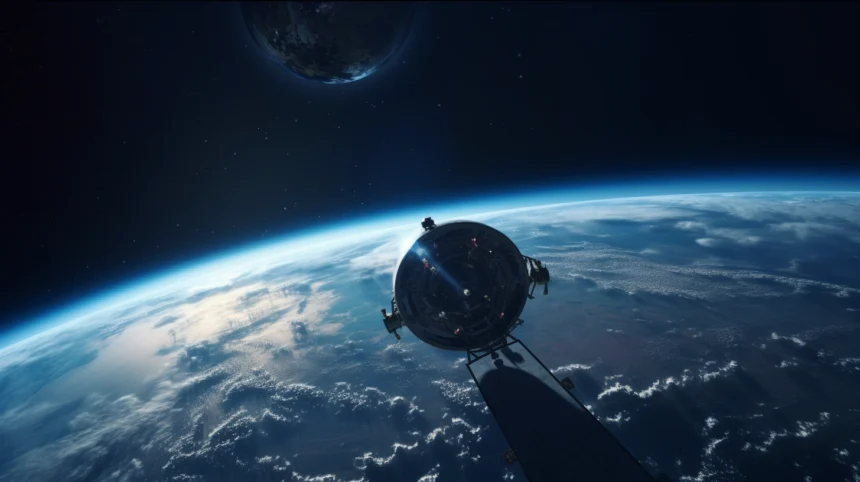Space Tech Pioneers Are Finding Faster Ways to Search For Vital Minerals
It’s been queried before: why on Earth are we aiming for space when we’ve got so many problems here on Earth? One of the main problems is a significant drain on our planet’s natural resources. Can we make space travel less harmful? An Australian-designed mining solution doesn’t seek out so-called critical minerals from the stars; its innovative methods have the potential to make them much easier to find under our feet instead.
As reported by The Australian Government’s Department of Industry, Science and Resources, “ExoSphere is reducing environmental impact and using satellites to locate critical minerals” here on Earth. Identifying vital stockpiles of such minerals using top-tier tech has the potential to cut down on the negative effects of more traditional methods, and minimise the development space sector’s effects on Earth.
Can we make space travel less harmful to Earth?
There’s a growing demand for critical minerals in our modern world. They’re essential for everything from electric vehicles to solar panels and battery storage – basically, the foundations of our future. So far, it has taken dirty work to attain clean energy, and the global demand for cobalt, lithium and nickel is expected to triple by 2050, accoutring to Flavia Tata Nardini, the CEO and Co-Founder of Fleet Space Technologies.
“Finding new sources using traditional prospecting methods is becoming increasingly costly, complex, time-consuming and environmentally damaging.”
– Flavia Tate Nardini
Nardini’s Fleet Space Technologies has developed a new non-invasive solution: ExoSphere by Fleet leverages the company’s satellite constellation to explore up to 2km beneath the Earth’s surface. “ExoSphere, which leverages Fleet’s satellite constellation, makes the whole process faster, more accurate and less invasive than ever before,” she explains. It’s a huge win for the mining and energy industries, and the wider world.”
From the ground up
It’s an impressive confluence of technology that maps large regional areas using existing data. The first step sees Fleet’s explorers deploy a surface array of the company’s signature geodes – technologically impressive sensors. Each geode measures “ambient seismic noise” with 10x sensitivity than competing tech; integrated edge computing power then uses advanced signal processing algorithms to dig through the data.
Then, the cloud enables Fleet’s geodes to communicate directly with its satellite network. The digital platform (ExoSphere’s web portal) processes all of the geodes’ findings and delivers them as (ANT) Ambient Noise Tomography. For those of you who don’t know, ‘tomography’ is a method of imaging by sections that use any kind of penetrating wave. It takes a couple of days to create 3D models of the subsurface, but it eliminates the digging side of the search, at a fraction of the time required for current manual techniques.
As per Australia’s Department of Industry, Science and Resources, this bold technique equates to fewer holes in the ground, reduced costs and more discoveries. And it’s working: from mid-2023, ExoSphere will be executed across Core Lithium’s other sites across Australia’s Northern Territory.
“For our customers, it’s proving transformational, overcoming significant technical and practical obstacles and creating tremendous new commercial opportunities,” Ms Tata Nardini says. It’s further proof that new takes on old techniques and not only changing the way that we see the Earth but the way that we treat it too.
Should we be focusing on space right now? Let us know in the comments!
Want to read more about advancements in space tech? Click here: Propelling Forward: New Initiatives Shaping the Future of Space Exploration.










